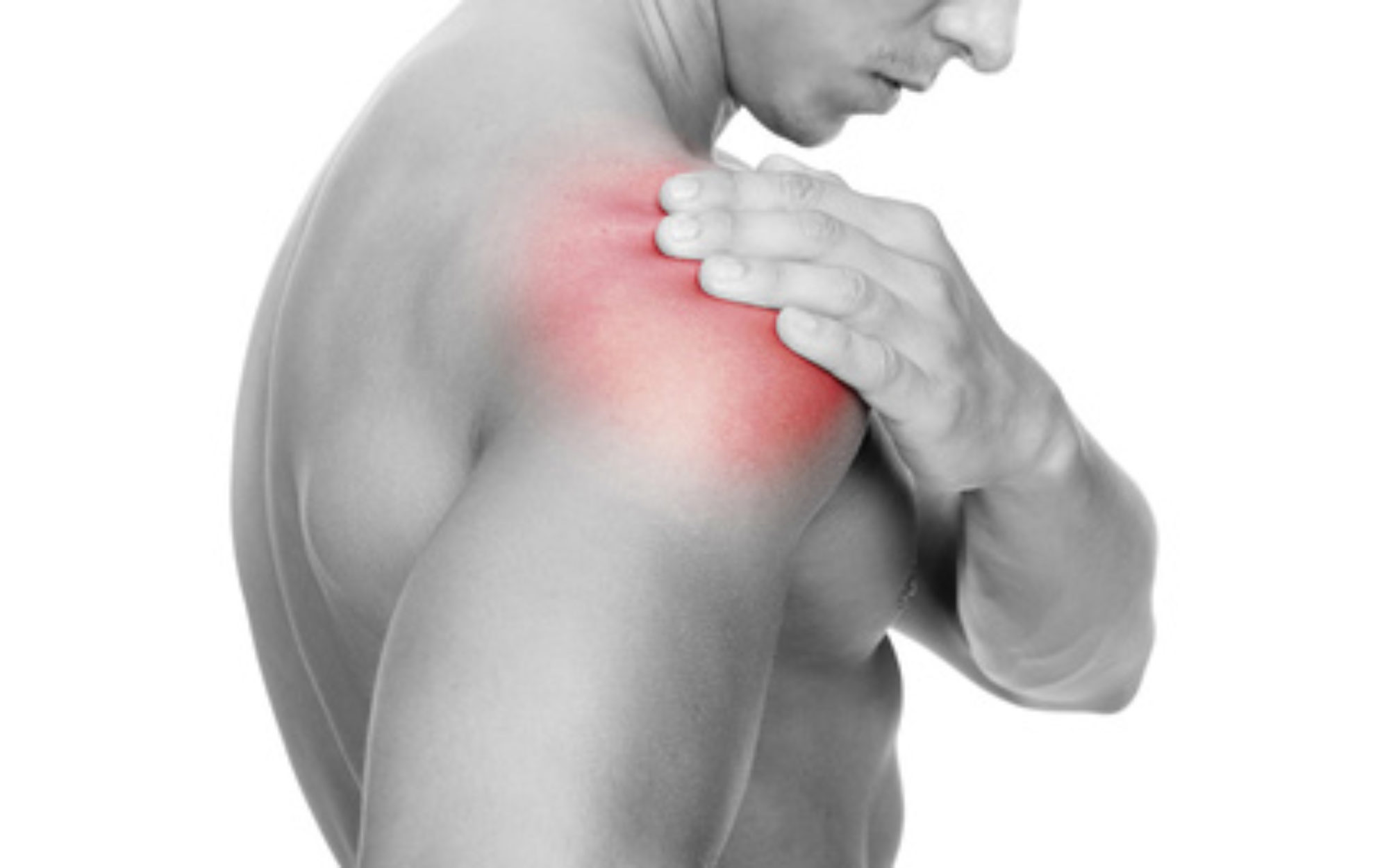WHAT IS IT?
The rotator cuff is a group of tendons that connects the four muscles of the upper shoulder to the bones. The strength of the cuff allows the muscles to lift and rotate the humerus (the bone of the upper arm). The tendons run under the acromion (part of the shoulder blade) where they are very vulnerable to being damaged. This can lead to a tear resulting in a painful, weak shoulder. A tear may result suddenly from a single traumatic event or develop gradually. When the tendons or muscles of the rotator cuff tear, the patient is no longer able to lift or rotate his or her arm with the same range of motion as before the injury and/or has significant pain associated with shoulder motion. The pain is also very common at night, often radiating down the arm.
As people age, it is normal for the rotator cuff tendon to wear and degrade. The rotator cuff becomes weak and prone to rupture or tear. A fall or wrenching injury can then result in complete rupture of the tendons. This leads to pain and weakness of the shoulder.
Thus, atraumatic degenerate tears on scanning are not uncommon. These generally do not require surgical repair. However, an injury to an intact cuff can lead to a traumatic tear – and these tears do require surgical repair. The sooner a repair is performed after injury, the better the outcomes for the patient. Therefore, early identification is important.
Identifying a cuff tear that requires referral for repair:
1. Over 40yrs of age sustaining a fall or wrenching injury
2. Pain and weakness not settling in 3 weeks
3. Confirmed tear on ultrasound or MRI scan.
CAUSES:
1. Injury, especially while trying to lift or catch a heavy object
2. Overuse, especially after a period of inactivity
3. Poor blood supply to an area of the cuff (which occurs with increasing age)
4. A fall on an outstretched arm
5. A gradual weakening of the tendons of the shoulder, often associated with impingement
DIAGNOSIS:
A rotator cuff tear is best disgnosed with a scan. The type of scan depends on the local resources and skills.
- Ultrasound Scan – in some cases this can be done immediately in the clinic and is accurate, dynamic and cost effective.
- MRI Scan – This is more costly and less accessible, but can provide information on the quality of the muscles and other underlying structures of the shoulder.
PREVENTION:
o Avoid excessive overhead activities.
o Strengthen your shoulders and do not try to play or work through the pain.
TREATMENT:
1. Painkillers and anti-inflammatory medications
2. Physiotherapy – keeps your shoulder strong and flexible and reduce the pain and weakness
3. Cortisone steroid injections – reduces inflammation and control the pain. It is advisable to avoid repeated steroid injections in the presence of a tendon tear, as this may weaken the tendon further.
4. Surgery is indicated –
a. If the tear follows an injury
b. When pain and weakness is not improved with injections and physiotherapy
Rotator Cuff Repair
A complete rotator cuff tear will not heal. Complete ruptures usually require surgery if your goal is to return your shoulder to optimal function.
A rotator cuff repair involves stitching the torn tendon back onto its attachment to the arm bone (Humerus).

Torn Rotator Cuff

Repaired cuff tear
Arthroscopic Rotator Cuff Repair
The vast majority of the time, Mr Watson will use an arthroscopic (keyhole) technique to repair the rotator cuff. This involves several small keyhole incisions and uses a video camera to insert anchors to repair the tendon into the bone. The repairs need to be protected post-operatively with a guided physiotherapy program to ensure the best results.



Adapted with permission from https://shoulderdoc.co.uk

